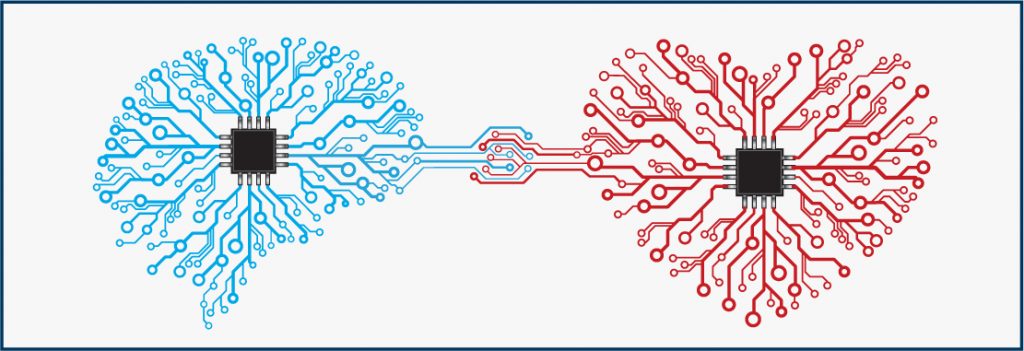TakeAway 4
For this assignment, I mostly did the same act of kindness- volunteering at the food pantry. This may not exactly be what the assignment was meant to go for, however, I have served at this food pantry multiple times throughout the period to make sure people had enough to eat. Even before the pandemic, I always worked for the food pantry at church. It is gratifying seeing the thankfulness in people’s faces. It is very rewarding to complete the deed so that it releases stress.
One lady could not walk out of her house to come to the church so I went and dropped the box off in her house. I saw that she was having trouble but when she saw someone was there to bring her resources, her face lit up. She, along with many others I have served, seems to begin to develop a relationship with me and other people who serve at the pantry. This is also a big accomplishment because making connections allows even more people to have access to resources and networking. I am not sure if this would change my life since I do this every other Saturday and it has become routine in my life. I will say that it definitely gives me a sense of purpose that I can cherish throughout the week.

TakeAway 2
Relationships involve many psychological constructs that the naked eye (or in this case- the heart) cannot see. Love is one of those psychological constructs and is operationalized using the Styles of Love Questionnaire. This questionnaire uses the mean of your score, in which the score is pulled from a Likert scale in order to determine your style of love. There are six styles of love measured in this questionnaire. Personally, I have not had a love interest nor have I been in a serious relationship so the questions that assumed I was in a relationship were answered with a 5.
Since 5 is disagree on this Likert scale, this approach could have skewed my mean scores. Therefore, my scores for Eros, ludius, storage, mania, and agape were significantly higher with many of my scores being above 4. My exact score for Eros, Mania, and Agape scores were exactly 5, in which the means for boys ranged from about 2.3 to 2.6. Ludius was 4.428 which was above average for males (2.6). Storge was 3 which was also above the 2.6 average. Unlike the rest, my pragmatic mean was 2.429 which was under the average for boys (3). My problem with this analysis is that it assumes that one is in or has had experience with a loving relationship rather than test how the individual would love in a hypothetical situation. Because I answered 5 because it did not apply to my relationship status, the means are weighted at the higher end thus giving me a biased measurement.

TakeAway 1
The representative heuristic involves using visual traits and characteristics to make inferences about details of other’s lives and their roles. For example, a police officer is trying to find a criminal on the loose. He is looking for someone who is in a jumpsuit. He finds someone wearing a sweatsuit who looks shifty and suspicious. He arrests this person, later finding out this was not the same individual. This heuristic has errors like not considering base rate or not considering statistics over perception. The availability heuristic utilizes the most recent memory or the most readily available memory about a problem to make a decision or a conclusion. When people experience others with mood swings, the first mental illness onlookers may suspect is Bipolar Depression. The problem with the availability heuristic, is that it may cause people to make decisions or conclusions that or not true to the situation.
The anchoring-adjustment heuristic is the use of an initial amount or placement and proceeding adjustments are made in reference to the first amount. For instance, when people are at garage sales, estate sales, or thrift shops, people tend to try to get a lower price in increments for items that have imperfections. The problem is that many people question the increments without evaluating the anchor itself. The status quo heuristic uses similarity to prior experience to gauge preferences and make decisions. For instance, when someone looks at a newer electronic device and says they do not have the same memorable qualities as the older devices of the same lineage. The problem is, people may overestimate the value of older items and underestimate current or newer items. They may also cause themselves to miss out by choosing options the have the same nuances and setbacks.
